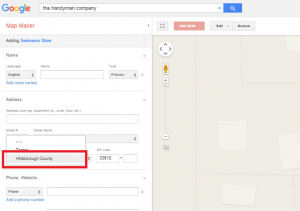
One of the fiercest competitions websites have is for visitors. After all, the more visitors, the better your conversion rates, or at least that’s what the common perception is. The truth is that your website will have a high bounce rate if it is not according to visitors’ requirements. And this is one metric you cannot afford to compromise on because a low bounce rate means that visitors spend more time on your site. This will signal to search engines that you have a great website, ensuring more traffic to it.
If you want to improve your site’s bounce rate, consider following the three effective tips below.
1. Create Landing Pages with Relevant and Effective Calls-to-Action
Increasing the number of your landing pages and ‘decorating’ them with convincing and prominent Call-to-Actions (CTAs) improves your search click-through rates according to marketing experts like Neil Patel and Nichola Stott. A HubSpot study further proved that some companies enjoyed a 55% surge in leads when they increased the number of their landing pages from 10 to 15.
To further increase your landings pages’ efficiency, create their content using popular keywords and phrases. But make sure that your content is also written for human readers or else your visitors will bounce.
2. Reduce Your Site’s Load Time
You do not want your website to take more than three seconds to load. Studies show that most people will leave a website if it takes more than this time frame to load. So, check your site’s loading time using any of the tools you find online and tackle this issue head on. Some of the best tools available for free include Pingdom Website Speed Test and GTmetrix.
Some of the changes you can make are disabling pop-ups, removing all self-loading multimedia content, piling all scripts into one, reducing cookie sizes, and optimizing images. In short, keep it simple and let your visitors choose what they want to do.
3. Build a Mobile-Friendly Site
Responsive web design is extremely important for today’s websites. According to a Google survey, 48% of users believe that companies that don’t have responsive websites don’t really care about their business. This is why they’re bound to take their business elsewhere. The search engine mogul also revealed that 90% of the online community uses multiple screens sequentially. Therefore, show your visitors that they matter and deliver good user experience by ensuring that your site can adjust to whichever screen they view it through.
Start with these three tips right away to begin improving your bounce rate. Stay tuned for more tips and strategies to make your website the star of the web.
Digital & Social Articles on Business 2 Community(61)





